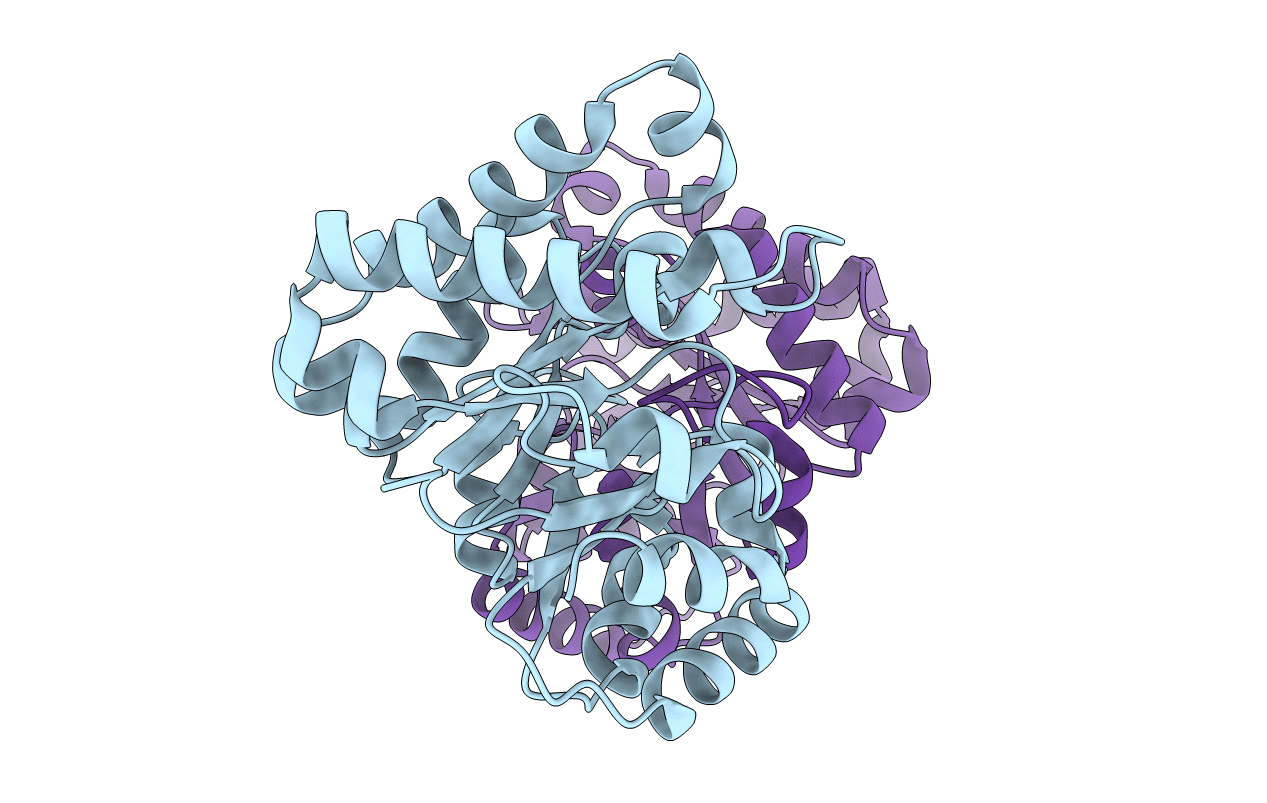
Deposition Date
2006-08-16
Release Date
2007-01-02
Last Version Date
2023-12-13
Entry Detail
PDB ID:
2J24
Keywords:
Title:
The functional role of the conserved active site proline of triosephosphate isomerase
Biological Source:
Source Organism:
TRYPANOSOMA BRUCEI BRUCEI (Taxon ID: 5702)
Host Organism:
Method Details:
Experimental Method:
Resolution:
2.10 Å
R-Value Free:
0.23
R-Value Work:
0.14
R-Value Observed:
0.15
Space Group:
P 1


